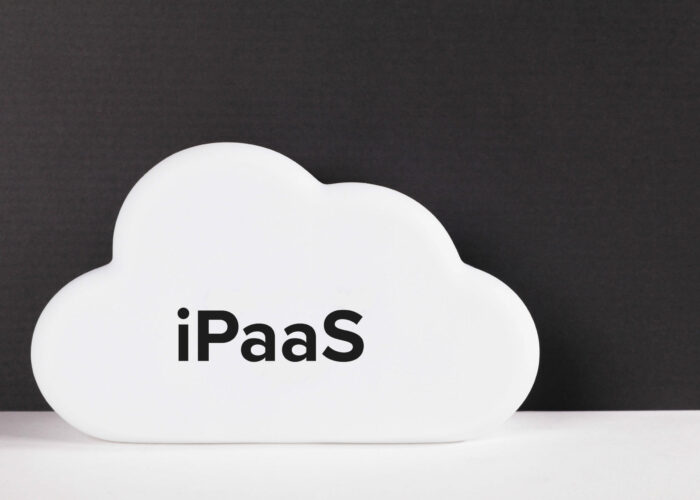The entire business world has changed in recent years thanks to the arrival of system and application integration. Since its appearance, Enterprise Application Integration (EAI) has revolutionized the way we manage and run companies.
Currently, successful companies have realized that they need different software and applications. However, handling them on their platforms (considering different providers build them) requires a lot of effort, time and money. This is what gave rise to integration strategies.
-7 benefits of Enterprise Application Integration (EAI)-
Many benefits are resulting from the application of these strategies: better and greater control of the company, faster production, reduction of time and effort, storage and protection of your data, and more. As a consequence, many companies are beginning to implement them and, above all, to look for new ways to apply them correctly.
Do you know what the Enterprise Application Integration strategy is about? Up next, we will tell you everything you need to know about these strategies, their evolution and what all companies are currently using.
Batch data integration or file transfer
One of the main strategies within Enterprise Application Integration is file transfer or batch data integration. Based on it, an application or software will read a series of data or information that is in another and vice versa. This helps integration take place.
However, data transfer represents the most uncomplicated way within the strategies used for business integration. To implement it, a particular relationship between several elements must be established: location, file format, standards, and privileges, among others. Such a relationship is created beforehand between both parts.
All this process is carried out in the IT of the company, so we should consider what applications or software will perform the data exchange. When we have a middleware platform, as in the case of WSO2, this strategy is completed more directly and effectively.
-How to successfully achieve business integration-
Shared database
All companies have software with individual databases from which information is taken to fulfill daily tasks. They are usually managed by several people, resulting in frequent duplication of unnecessary or garbage information that is stored in many applications.
This enterprise application integration strategy is responsible for centralizing information in a single database that covers all the software used by the company. It is, in a practical way, a great help to avoid storing unnecessary data. However, its usefulness is even greater.
Another benefit of having a unique but shared database is that the applications are synchronized with each other through all the information stored in one of them.
Finally, we should highlight the fact that it allows for a better control of information since data leakage is prevented.
Remote Procedure Invocation
Also known as remote procedure calls, it occurs when an application exposes its function through an interface that can be a layer able to manage complex data.
Since the function is in a well-developed and defined interface, other integrated applications can use it. Previously, it relied on CORBA technology, but thanks to various modern improvements, SOA / ESB-based platforms are used, which are much more efficient and practical since they use WEB services.
Messaging strategy
According to the messaging integration strategy, a company’s different applications can be kept connected thanks to a message bus that unifies them. In this bus, the exchange of information, functions, and data that improves the experience in the communication process takes place.
A middleware platform that works as a bridge, such as WSO2, is used in this type of strategy for the decoupling of the software. In this way, integration with high-speed message exchange takes place, with a web services architecture and synchronously and asynchronously.
SOA /ESB
The four previously described strategies are part of the evolutionary process of Enterprise Application Integration. However, the progress of various applications has led to the creation of new forms of business integration.
The ESB infrastructure and the architectural model offered by SOA technology are to this day the most used method chosen by companies who seek to integrate their applications. All the companies that have implemented these strategies to their IT have profited from all the ensuing benefits.
Moreover, their implementation has allowed companies to use their applications as service systems, which has given them much more success when compared to the competition.
Conclusions
The use of integration strategies for business applications has ceased to be a luxury and has now become a necessity. Today, the companies that achieve success do so through the complete automation of their different software systems, and that is only possible when total connectivity is achieved.
Alongside the benefits mentioned previously, integration also leads to gaining a competitive advantage over other companies, because it allows for better and more efficient productivity. It is also a great help in reducing investment costs and work time.
Is there a way to achieve such integration? Yes. The WSO2 is currently one of the best platforms that offer this service. Many companies with great international recognition have already implemented it. What about you? At Chakray we can help you to orient or set your strategy in place.


Need help defining and implementing your integration strategy for your company?
Talk to our experts!
contact us about integration




